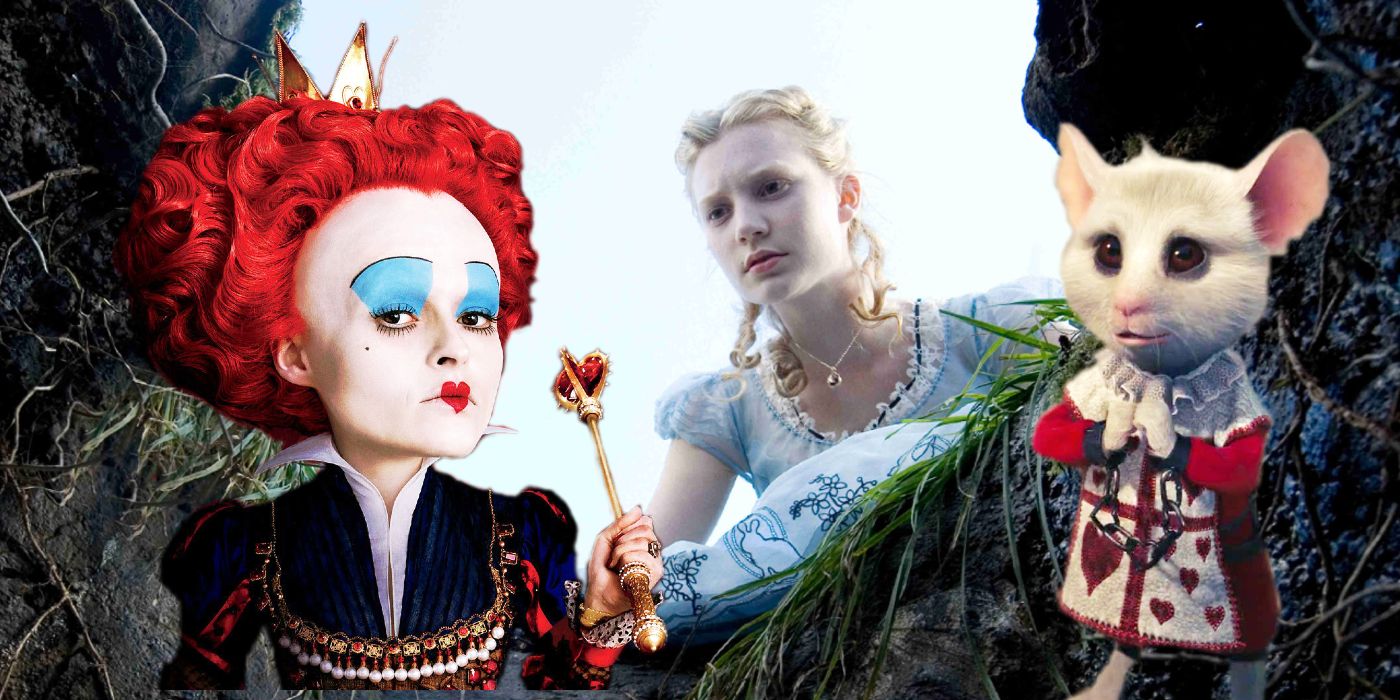
I can’t tell you just now what the moral of that is, but I shall remember it in a bit.’ ‘You’re thinking about something, my dear, and that makes you forget to talk. She had quite forgotten the Duchess by this time, and was a little startled when she heard her voice close to her ear. You can see the moral message of a Victorian children’s story coming a mile off, but Carroll not only avoids such heavy-handed moralising, but actively criticises the very idea: (Curiously, the phrases ‘mad as a March-hare’ and ‘grinning like a Cheshire cat’, by the by, both appear in The Water-Babies.)īut for all of their passing similarities, the chief difference between Carroll’s novel and Kingsley’s – and, indeed, between Alice’s Adventures in Wonderland and 99% of the children’s fiction produced at the time – is that Carroll refused to use his story to offer his young readers a moral. In many ways the tale of a child slipping underwater into an alternate world of fantasy, where the Victorian world is curiously inverted, foreshadows Alice’s Adventures in Wonderland, although Carroll came up with his story independently, before Kingsley’s novel was published. The book tells the story of the boy chimney-sweep, Tom, who goes beneath the water and becomes a ‘water-baby’.

Carroll’s was by no means the first portal fantasy novel of this kind: two years earlier, in 1863, Charles Kingsley’s The Water-Babies had appeared.


 0 kommentar(er)
0 kommentar(er)
